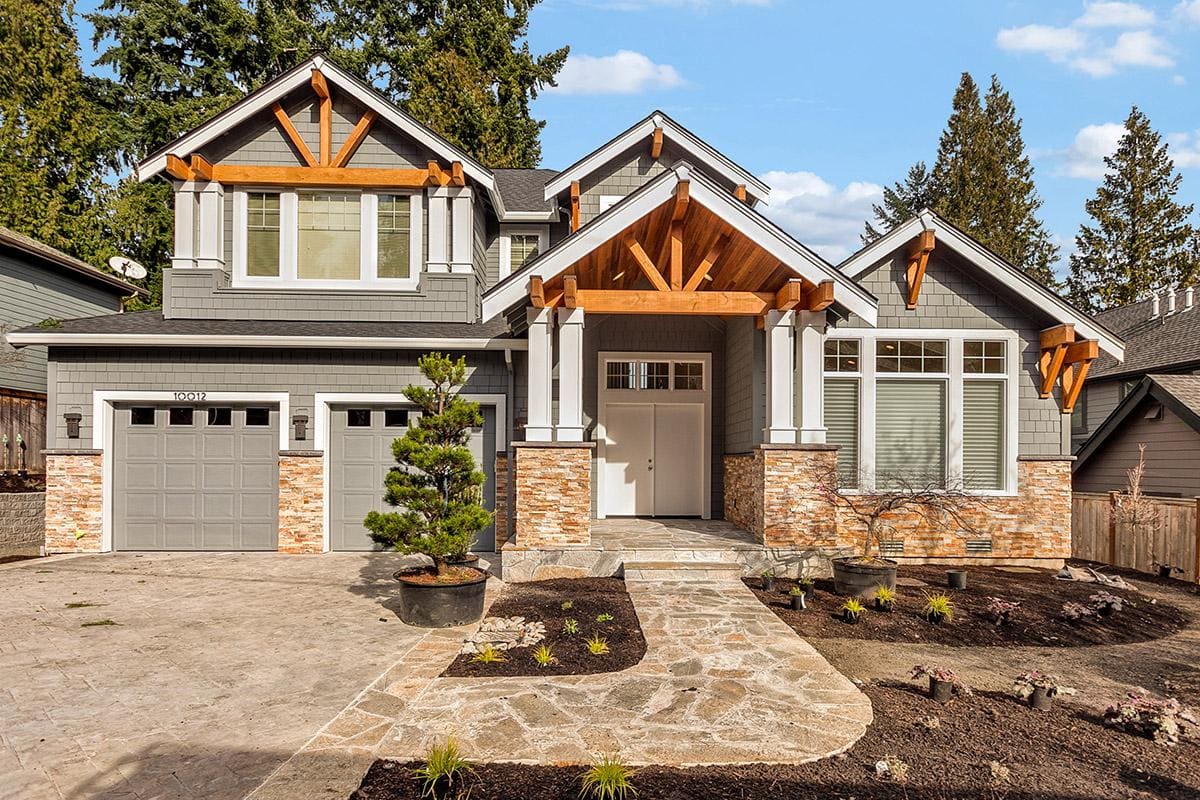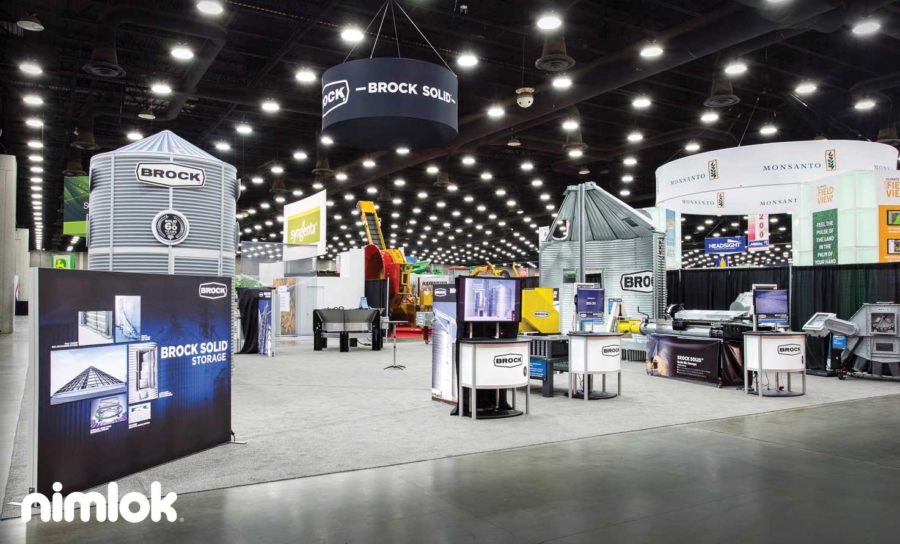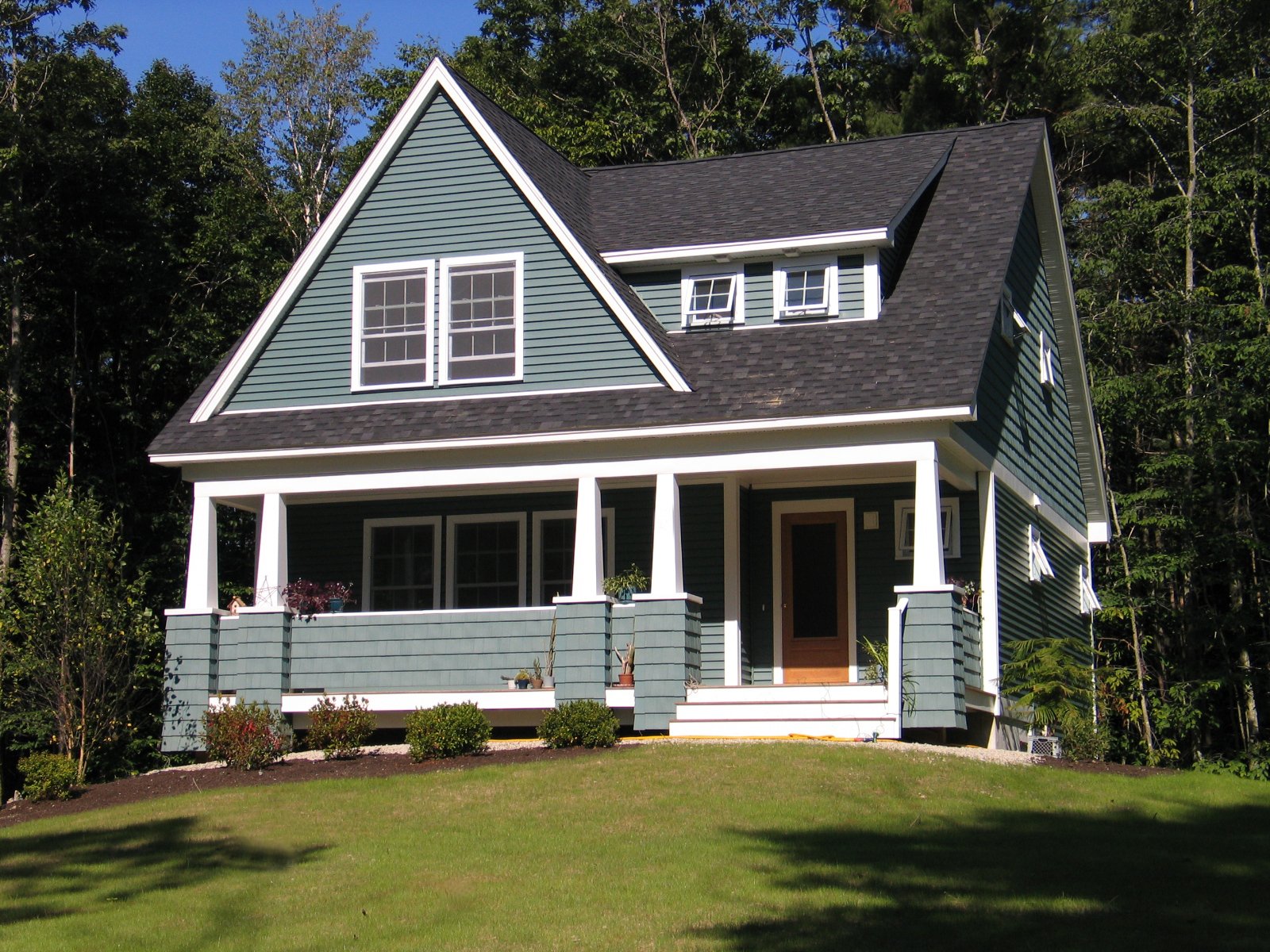Table Of Content

Appliances and fixtures were well placed in the 312-square-foot kitchen; a few strategic changes enhanced storage and prep space. Home Design's New Address21 Oak presents the best content from around the world of home design, delivered with style, wit and a friendly touch. Cleaning grout can be a tedious task, but it's essential for maintaining a clean and pristine appearance in your kitchen and bathroom. Over time, grout can accumulate dirt, grime, and stains, making it look dingy and unattractive.
Craftsman-Style Exteriors
White uppers and subway tile with pale wood floors offer a light counterpoint—and offset the often overcast Northwest skies. Schedule a free consultation to find windows and doors for your home. If your home design is lacking or just feels plain funky, it could be because of poor lighting.
Extensive Use of Woodwork
Truth be told, the recognition for this gorgeous style of Craftsman architecture would go to a late nineteenth-century British social movement. During that time, Britain was experiencing an industrial revolution as nobody had seen previously. The contrarian Arts & Crafts Movement, nonetheless, was exactly about rejecting this brand new, mass-produced construction design in favor of items that were handcrafted created by artisans. Traditionally, paint colors circled around natural choices like browns, whites, and greens. Today, it’s common to see houses branch away from the traditional color palettes–especially if the Craftsman has a mountain style, modern style, or farmhouse style. Many craftsman homes feature dormer windows that break the continuous roof line.
Multi-Pane Windows
While both originated during the same era and share certain design philosophies, they each possess distinctive characteristics that make them stand out. As mentioned before, Craftsman-style emphasizes handcrafted details, exposed joinery, and a cozy, intimate feel. Similarly to Craftsman characteristics, the Prairie style, championed by Frank Lloyd Wright, embodies horizontal lines and flat or hipped roofs with broad overhanging eaves.
The Craftsman style emerged in the early 1900s in response to the highly-detailed Victorian style. While the Victorian style embraced mass-produced pieces that showed off the ability of factories, the Craftsman style celebrated the creativity of the individual and hand-made products. However, it is important to remember that if you use wood–especially hollow wood–for your columns, it must be properly cared for or it may attract termites, moisture, or other weather-related problems. The term 'Craftsman' was originally coined by Gustav Stickley of Stickley Furniture, in his then-published magazine The Craftsman. Grander Craftsman-style homes can also be described as Arts and Crafts style. In the Midwest, which was influenced by Frank Lloyd Wright, the homes that have a Craftsman likeness are in line with the more horizontal Prairie style.
Yeley notes that elements like stained wood window trim, glass-paneled doors, ample shelves, and built-in storage details all add to the architecture. While both Craftsman and Modern Farmhouses exude the same sense of comfort and charm, they each vary in characteristics. Craftsman-style houses place a strong emphasis on handcrafted details and an organic connection to nature. These homes are characterized by their use of natural materials, exposed rafters, and woodwork.
MI Dream Home: Ferndale Craftsman has 'a lot of charm, character, style' - Detroit News
MI Dream Home: Ferndale Craftsman has 'a lot of charm, character, style'.
Posted: Fri, 25 Aug 2023 07:00:00 GMT [source]
The Different Types of Craftsman-Style Homes
Craftsman-style homes look especially sophisticated in earth tones such as browns, grays, coppery reds, tans, and greens. Try mixing and matching these hues across your siding, trim, roof, front door, and porch furniture for an authentic look. The return to seeking out Craftsman-style homes is very much a response to the fast furniture and its man-made mass-produced finishes that try to trick the eye as natural materials. Much like the industrial revolution, people are facing a digital revolution driven by technological advances that blur the lines of home design. While Craftsman homes feature large bay or picture windows to let in natural light, they can feel somewhat dark by contemporary standards.
Carodine, Plan #1967
But they weren’t sure about doing anything else, and the project ultimately didn’t go anywhere. Among the more direct references Nina Farmer made to the Arts and Crafts aesthetic is the dining room’s Morris & Co. wallpaper. She combined this with curtains in a Rose Cummings fabric, midcentury-inspired armchairs from Orange Furniture covered in a Zak and Fox’s textile, and an antique Mahal carpet. The chandelier is from Apparatus, and the chairs are custom, based on vintage pieces. To create the table, Farmer had a new top made for an Art Deco base.
Mission Revival Homes
Most Prairie homes have been converted to museums, but some are still residential. Built in 1902, and restored in 1997, it has a concrete base, no basement or attic, and an emphasis on horizontal lines and a ribbon of art glass windows. Located in Oak Park, IL, it is considered one of the first examples of a home designed in full Prairie style. Using medium to dark-stained wood on the interiors lends Craftsman interiors a traditionally masculine feel. The small kitchen, however, had “that classic country-kitchen look from the 1990s,” says Andrew. Think builder-grade cabinets with a pickled finish, laminate countertops, and blue tile on the floor.
The central identity of these homes is to celebrate handmade craftsmanship. Natural materials are often a hallmark in Craftsman-style homes, showcasing exposed wooden beams, stone foundations, and earthy textures, allowing these structures to embrace the beauty of nature. You’ll notice that the exteriors of these homes boast low-pitched roofs with wide eaves (the edge of the roof that overhangs), which create a sense of shelter and security. To reflect the functionality and artistry of these homes, they often have built-in furniture or storage.
If you have a unique ceiling with exposed woodwork, find taller four poster beds or lighting that will draw the eye upward. An important factor in the design of Craftsman homes is that they have as much character on the outside as exists on the inside. They’re not too sleek like mid-century homes, and don’t come with the price tag or the larger scale of Georgian brick homes or colonial mansions.



















